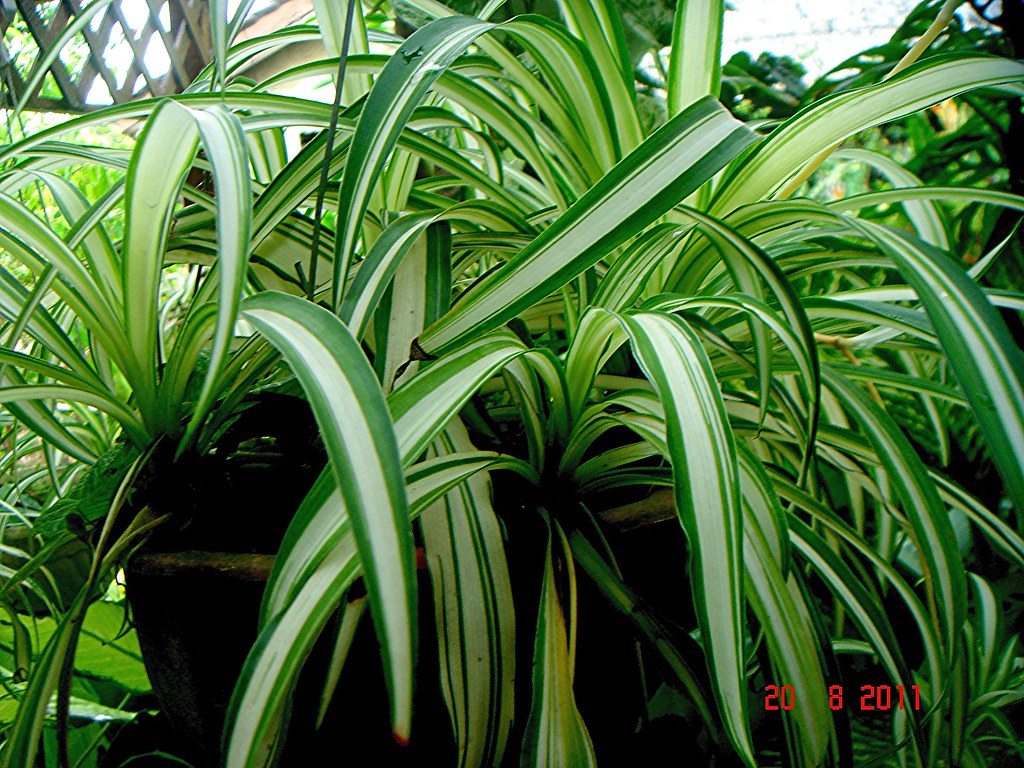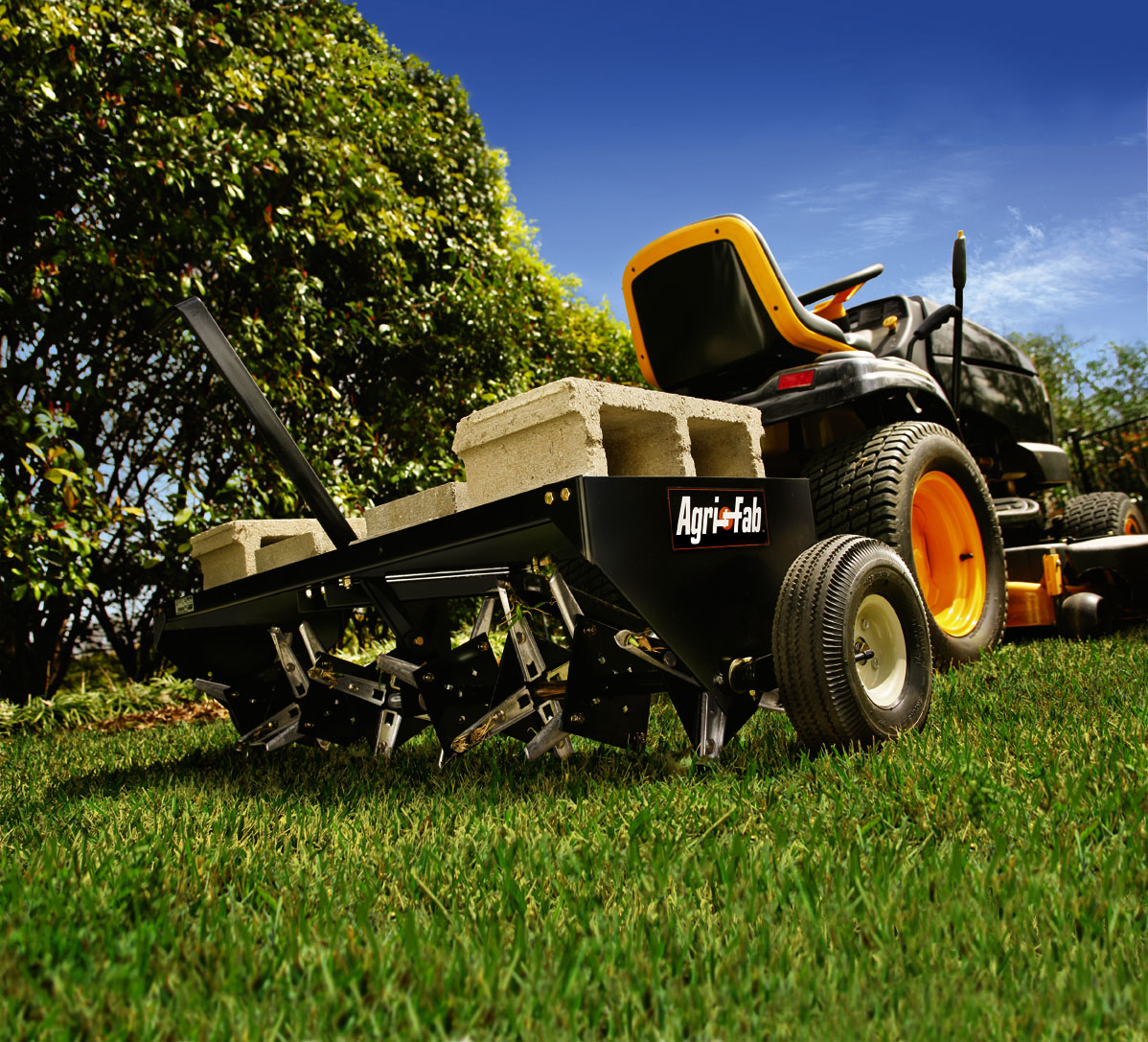Grass seed is a vital part of any lawn care routine. Without the right seed, your lawn will not be able to thrive. There are many different types of grass seed available on the market, so choosing the right one for your needs is essential.
Another essential factor to consider when choosing grass seed is the climate you live in. Some types of grass are better suited for colder climates, while others do better in warm weather.
Once you have chosen the correct type of grass seed for your lawn, you must prepare the ground properly before planting. The first step is to clear any debris from the area you will be planting.
This includes sticks, stones, and dead leaves. Once the area is cleared, you need to loosen up the soil with a rake or hoe. This will help ensure that the roots can penetrate deep into the ground and get a good grip.
After preparing the soil, it is time to plant your seeds. The best way to do this is to create small furrows in the soil with a rake or hoe and then drop seeds into these furrows at regular intervals. Once your seeds are planted, you need to cover them with soil and water them well lightly.
What is Grass Seed?
Most people are familiar with grass, but not everyone knows what grass seed is. Grass seed is the small, hard seeds that grow in grasses. The seeds are contained in the plant’s inflorescence, which is the plant’s flowers.
When the flowers mature, they produce seeds that disperse in the wind or water. The dispersal of these seeds allows them to travel long distances and helps ensure that new plants will sprout up in different areas.
Grass seed can be used for various purposes, such as growing new lawns, repairing existing ones, or feeding wildlife. To grow a new lawn from scratch, you must purchase grass seed mix from a store or online retailer.
This mix will contain a variety of different grasses that are best suited for your climate and soil type. Once you have your mix, you must prepare the soil by tilling it and removing any large rocks or debris. After the soil is ready, you can spread the seed mix evenly over the area and then cover it with a thin layer of straw or mulch.
Watering your newly seeded lawn regularly is crucial for its success. The water needed will depend on temperature and rainfall, so check with your local gardening center for guidance specific to your region.
Your new lawn will take shape within a few weeks with proper care and attention!

What’s the best grass seed?
The best grass seed is the one that is best suited for your climate and soil type. If you live in an area with much sun, you will need a different type of grass seed than in an area with less sun.
The same is true for soil type – if you have very sandy soil, you will need a different type of grass seed than if you have clay soil. Research what grass seed is best for your area, and then buy the best quality seed you can afford.
Once you’ve figured out what kind of grass seed to buy, it’s time to start thinking about how to care for your new lawn. First, make sure that you prepare your soil properly before planting.
This means tilling the soil and removing any rocks or other debris. Then, water your lawn regularly – at least once per week during the growing season. Be careful not to overwater, as this can damage your lawn.
Finally, mow your lawn regularly – at least once per week during the growing season – and be sure to use sharp blades so that you don’t damage the grass.
What is the best online store for grass seeds?
Many online stores sell grass seeds. Some of the best include Amazon, Home Depot, and Lowes. Each store has a different selection of seeds, so comparing prices and reviews is vital before making a purchase.
- Amazon is a great place to start your search for grass seed. They have a wide variety of seeds available, as well as helpful customer reviews.
- Home Depot is another excellent option, with a slightly smaller selection than Amazon but plenty of good options.
- Lowes rounds out the top three, with a decent selection and competitive prices.
Once you’ve decided on a store, take some time to read through the product descriptions and reviews. This will help you narrow your choices and find the perfect seed for your needs.
With a bit of research, you’ll be able to find the best online store for grass seeds in no time!
Types of Grass
There are many different types of grasses, and they can be divided into several categories.
- The first category is warm-season grasses, which include Bermuda grass, zoysia grass, and St. Augustine grass. These grasses are characterized by their ability to grow in warm climates. They typically have a deep root system that helps them survive in hot, dry conditions.
- The second category is cool-season grasses, which include Kentucky bluegrass, tall fescue, and perennial ryegrass. These grasses are well-suited for cooler climates and require more water than warm-season grasses. They tend to have shallower roots than warm-season grasses, which makes them less tolerant of drought conditions.
- The third category is native grasses, which include buffalo grass and blue grama Grass. Native grasses are adapted to the local climate and soil conditions where they grow naturally. They usually don’t need as much fertilizer or water as non-native species, making them more sustainable for landscaping purposes.
Grasses are a vital part of the ecosystem because they provide food and shelter for wildlife, help stabilize the soil, and prevent erosion. When choosing a type of grass for your yard or garden, it’s essential to consider your climate and soil conditions, watering needs, and desired appearance.
Bermuda Grass Seed
If you’re looking for tough, versatile grass that can handle almost any type of climate and soil, Bermuda grass seed is a great choice. This warm-season grass is commonly used in pastures, golf courses, and lawns because it can withstand high traffic and harsh conditions. It’s also known for rapidly spreading and filling areas where other grasses might struggle.
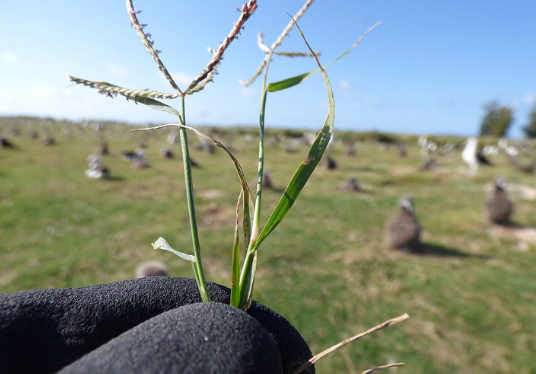
Bermuda grass is a very drought-tolerant variety, which makes it a good option if you live in an area with limited rainfall. It’s also relatively resistant to pests and diseases, so you won’t have to worry about spending extra time and money on treatment. And although it does require plenty of sun exposure to thrive, Bermuda grass is relatively shade-tolerant compared to other types of turfgrass.
If you decide to plant Bermuda grass seed, be aware that this species has a fairly aggressive growth habit. It can quickly overtake other plants in your yard if given a chance, so keep it well-contained. Regular mowing will help maintain its tidy appearance and prevent it from crowding out your other landscaping features.
Zoysia Grass Seed
Zoysia grass is a popular lawn, prized for its thick, lush turf. The best way to find zoysia grass seed is to order it online from a reputable seed supplier.
When shopping for zoysia grass seed, purchase a quality product. The seed should be fresh and free of debris. It is also essential to choose a supplier who offers a money-back guarantee in case the seed does not germinate.
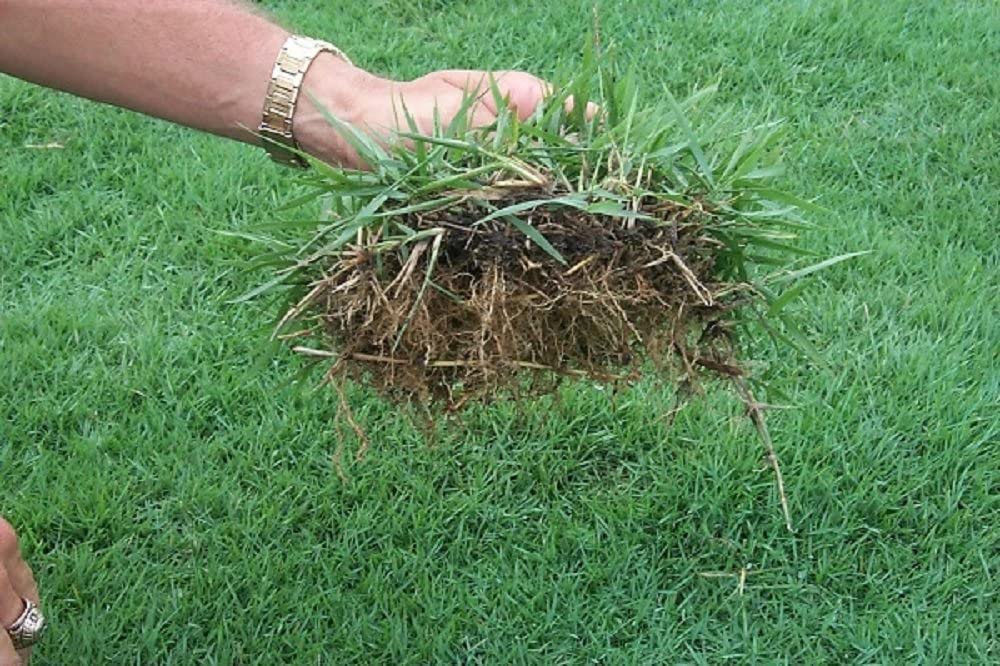
Once the zoysia grass seed has been obtained, it can be sown using several methods. One method is to Broadcasting the seeds by spreading them evenly over the desired area and then raking them into the soil. Another method is to sow the seeds in rows, using a hoe or other tool to create furrows in the soil. Whichever method you choose, be sure to water the seeds regularly until they have germinated and begun to grow.
Grass Seed That Is Sprayed on
If you have ever seen grass seed sprayed on, it may have looked like a strange process. However, this method of applying grass seed can be quite effective. First, a mixture of water and seed is created. This mixture is then placed in a device that looks somewhat like a backpack. The person wearing the backpack then walks around the area where they want to apply the seed, and the seed is evenly distributed as they go.
The backpack system ensures that the seed is applied evenly across the desired area. This is important because if the seed isn’t applied evenly, patches of bare ground will appear once the grass starts to grow. No one wants their lawn to look patchy! The backpack also allows precision when seeding a small area, such as a driveway or sidewalk.
Applying grass seed with a backpack system may seem like an odd way to do things, but it can be pretty effective. This may be the best method for you if you are looking for an even seed distribution!
How do I prepare a lawn for grass seed?
The best time to seed your lawn is early spring or late fall. The ground should be moist but not soggy, and the air temperature should be between 60 and 80 degrees Fahrenheit. If you live in an area with much rainfall, you may be able to get away with seeding your lawn in the summer.
To prepare your lawn for grass seed, start by raking up any dead grass, twigs, or leaves lying on the surface. Next, use a garden hoe or rake to loosen up the top layer of soil, so it’s easy for new seeds to take root.
If there are bare patches with no grass growing, you can add a thin layer of topsoil to these areas. Finally, spread your grass seed evenly over the lawn using a broadcast spreader.
How long does it take for grass to grow from seed?
There is no definitive answer to this question as it depends on various factors, such as the type of grass, the climate, and the amount of care given to the grass. However, it generally takes several weeks for the grass to grow from seed.
If you are planting a lawn from scratch, you can expect it will take several weeks for the grass to become established. The first few days after planting are critical for the success of your lawn. Proper watering and fertilization during this time will help ensure grass seeds germinate quickly and grow into vigorous, healthy plants.
Once your grass has germinated and grown, you must continue to water and fertilize it regularly. Mowing also plays an essential role in maintaining a healthy lawn. Be sure to mow often enough so that you do not damage or stunt the growth of your grass plants. Your lawn should begin to fill nicely with proper care within a few weeks.
How deep is it necessary to plant grass seed?
The ideal depth for planting grass seed is 1/4 to 1/2 inches deep. To ensure that your grass seed is planted at the correct depth, use a ruler or tape measure to ensure that you are planting it correctly.
You can also use a garden trowel or hoe to ensure the soil is loose enough for the grass seed to penetrate. Once you have placed the seed at the desired depth, gently press it down, so it is in contact with the soil.
Watering is also essential when planting grass seeds. Make sure that you water gently so as not to disturb the seeds.
It is best to water in the morning so that the sun can help dry off any excess moisture on the leaves of the grass plants.
Be sure to keep an eye on newly planted areas and water as needed so that your grass has a chance to thrive!
Will grass seed grow if you throw it on the ground?
No, grass seed will not grow if you throw it on the ground. The seed must be in contact with soil and must be regularly watered to germinate and grow.
Additionally, the soil should be loose and free of debris so the roots can easily penetrate it. Once the grass seed has germinated and begun to grow, it is essential to mow it regularly, so the grass does not become too long and tangled.
Grass Seed near Me
Looking for a place to buy grass seed near you? Here are some tips to help you find a retailer that carries the type of grass seed you need.
When it comes to buying grass seed, there are a few things you’ll want to keep in mind.
First, you’ll need to decide what type of grass you want. There are many different kinds of grass, each with its unique characteristics.
Once you’ve chosen the right type and variety of grass seed, it’s time to start looking for a retailer that carries it. If you’re unsure where to start, try asking your local nursery or garden center if they carry the kind of seeds you’re looking for. You can also check online retailers or specialty stores selling lawn and garden supplies.
When searching for a retailer, be sure to compare prices and shipping costs so that you can get the best deal possible.
With these tips in mind, finding a place to buy grass seed near you shouldn’t be too difficult. Just be sure to do your research, so you end up with the right product for your needs.
Grass Seeding Company
If you’re looking for a way to give your lawn a boost, you may want to consider hiring a grass seeding company. Grass seeding is the process of planting grass seed to grow new turf.
It’s a great way to thicken up your lawn and help fill in bare spots or repair damage from things like pet digging.
There are a few things to remember when hiring a grass seeding company. First, be sure to get multiple estimates to compare pricing. You’ll also want to ask about the quality of the seed that will be used and the company’s experience level.
Finally, ensure you understand exactly what the project will entail so that there are no surprises down the road.
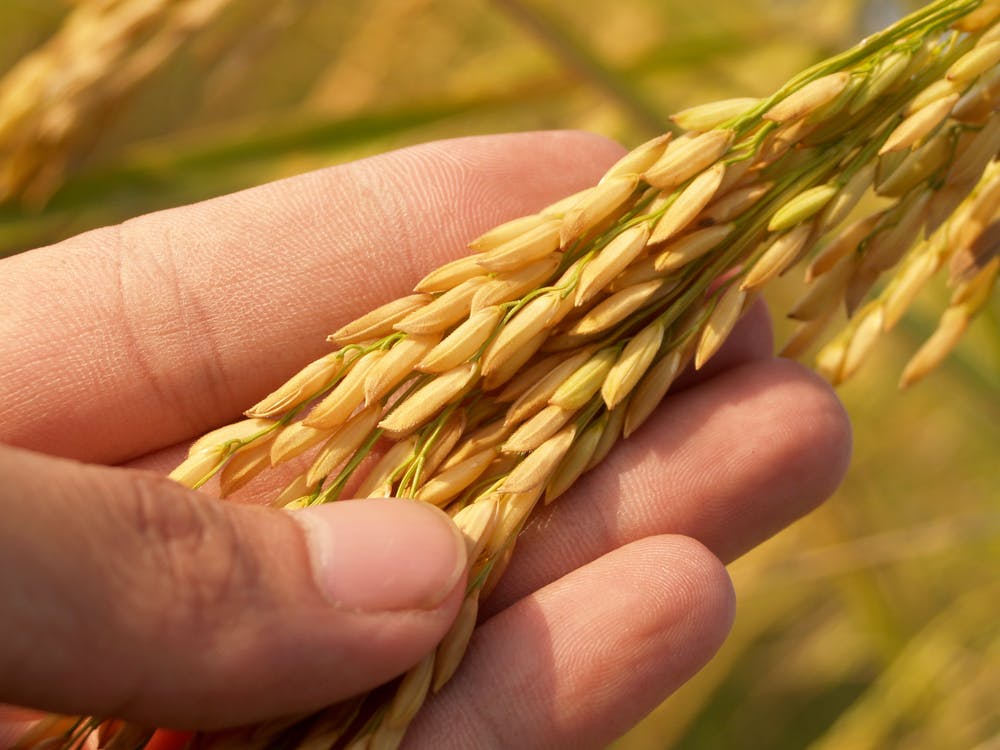
FAQs
Can you sprinkle grass seed on a lawn?
It’s a common myth that you can sprinkle grass seed on your lawn, and it will magically grow.
Unfortunately, it’s not quite that simple. While grass seed is essential for creating a healthy lawn, there are other factors you need to consider to create the perfect environment for your grass to thrive.
To start with, you need to ensure that you’re using the right grass seed for your specific region. The climate in your area will dictate what kind of grass will be able to survive and flourish.
Once you’ve selected the appropriate seed, you must prepare your soil. This means ensuring it’s loose and debris-free so the roots can easily take hold. You also want to ensure that the soil has enough nutrients for the grass to grow strong and healthy.
Finally, once you’ve prepared both the seed and the soil, you must ensure that. Watering is one of the most critical steps in growing healthy grass from seed.
Too much water can lead to mold and mildew growth, while too little water will prevent the seeds from germinating properly. You’ll need to water regularly and keep an eye on the weather forecast to adjust your watering schedule accordingly.
With care and attention, you can create a lush, green lawn by following these simple steps!
Grass has no seeds. How is it grown?
It’s pretty simple. The grass is grown from a type of plant called a rhizome. A rhizome is a stem that grows horizontally just below the ground’s surface. When conditions are right, the rhizome will send out new shoots, which will grow into new plants.
The grass is also unique in that it can reproduce vegetatively, meaning that new plants can arise from pieces of old ones. This process is known as tillering, resulting in a tufted appearance for many types of grass. As long as enough moisture and nutrients are available, grasses can continue to produce new tillers indefinitely.
Perhaps the most exciting thing about grasses is their role in human history. We have depended on them for food, fuel, shelter, and even clothing for millennia. It’s estimated that close to 25% of the world’s population still relies on grasses for their livelihoods in some way or another. From humble beginnings as a common weed, grasses have genuinely come to dominate our planet in numbers and importance.
What are the pros and cons of mixing grass seed?
Most grasses are mixes of two or more species, which is achieved by growing them together in the same field. This creates a more diverse and resilient lawn, as different species can offer complementary advantages.
For example, one grass might be more tolerant to drought while another is better at resisting disease.
There are some potential drawbacks to this approach, however.
- First, achieving an even distribution of each species throughout the field can be challenging.
- Second, the different grasses may have different ideal growing conditions (e.g., one might prefer full sun while another does better in partial shade), making it challenging to provide optimal care for all of the species in the mix.
Why is grass seed so expensive?
When it comes to grass seed, you get what you pay for. The more expensive grass seeds are usually of a higher quality, which means they will be more effective in growing strong, healthy grass.
While the initial investment may be higher, these grass seeds will typically last longer and require less maintenance than their cheaper counterparts. In the long run, investing in high-quality grass seed is often worth the extra cost.
How to spread grass seed by hand?
Fall is the ideal season for seeding grass. The grass has time to germinate and flourish before the scorching summer sun appears since the days are slower and the nights are longer.
You’ll need to prepare your lawn by removing any existing weeds, aerating the soil, and raking out any dead patches of grass. Once your lawn is ready, you can sow the seed by hand using a broadcast spreader.
To get even coverage, divide your lawn into sections and work in a zigzag pattern back and forth across each section. Be sure to read the directions on your bag of seeds, so you know how much seed to spread per square foot.
After spreading the seed, rake it gently into the soil, so it makes good contact with the ground. Then water thoroughly and keep the area moist until the grass sprouts.
Is it necessary to rototill an area before planting grass seed?
No, it is unnecessary to rototill an area before planting grass seed. Many experts recommend against rototilling because it can damage the soil quality and structure.
If you choose to rototill, be sure to do so several weeks in advance, so the soil has time to settle before you plant the grass seed.
How Much Grass Seed Do I Need?
There is no easy answer to the question of how much grass seed you will need to sow your lawn. It depends on several factors, including the type of grass you are planting, the size of your lawn, and the soil condition. If you are unsure how much seed to buy, ask for help at your local garden center or nursery.
One way to determine how much grass seed you need is to calculate the square footage of your lawn. To do this, measure the length and width of your lawn in feet and multiply these numbers together.
For example, if your lawn is 10 feet wide by 20 feet long, it covers an area of 200 square feet. Once you know the square footage of your lawn, consult a chart that provides recommended seeding rates for various types of grasses (see Resources).
Keep in mind that these seeding rates are only guidelines. If you are planting a new lawn from scratch, it is best to avoid using more rather than less seed. This will give your new turf a better chance to thrive. You can always rake up any excess seed that has not germinated after a few weeks.



